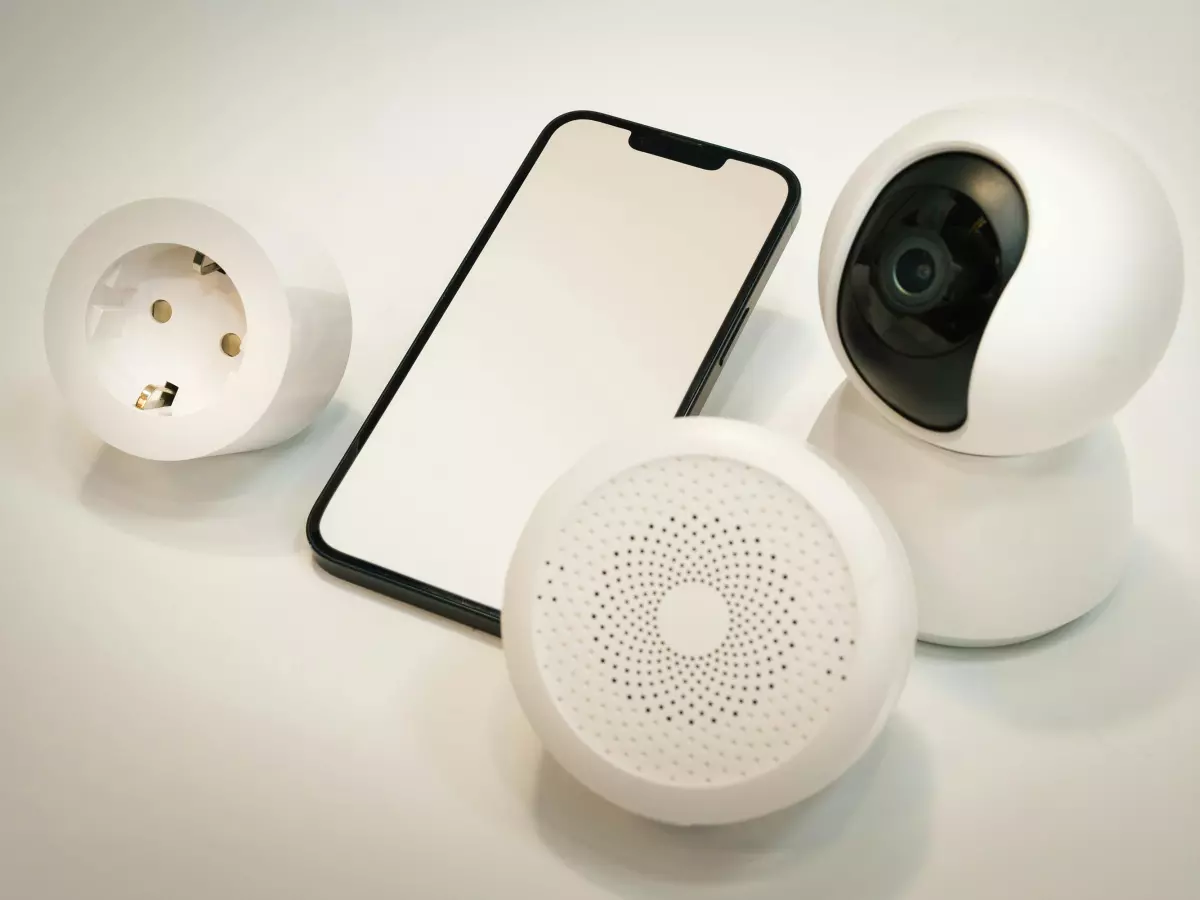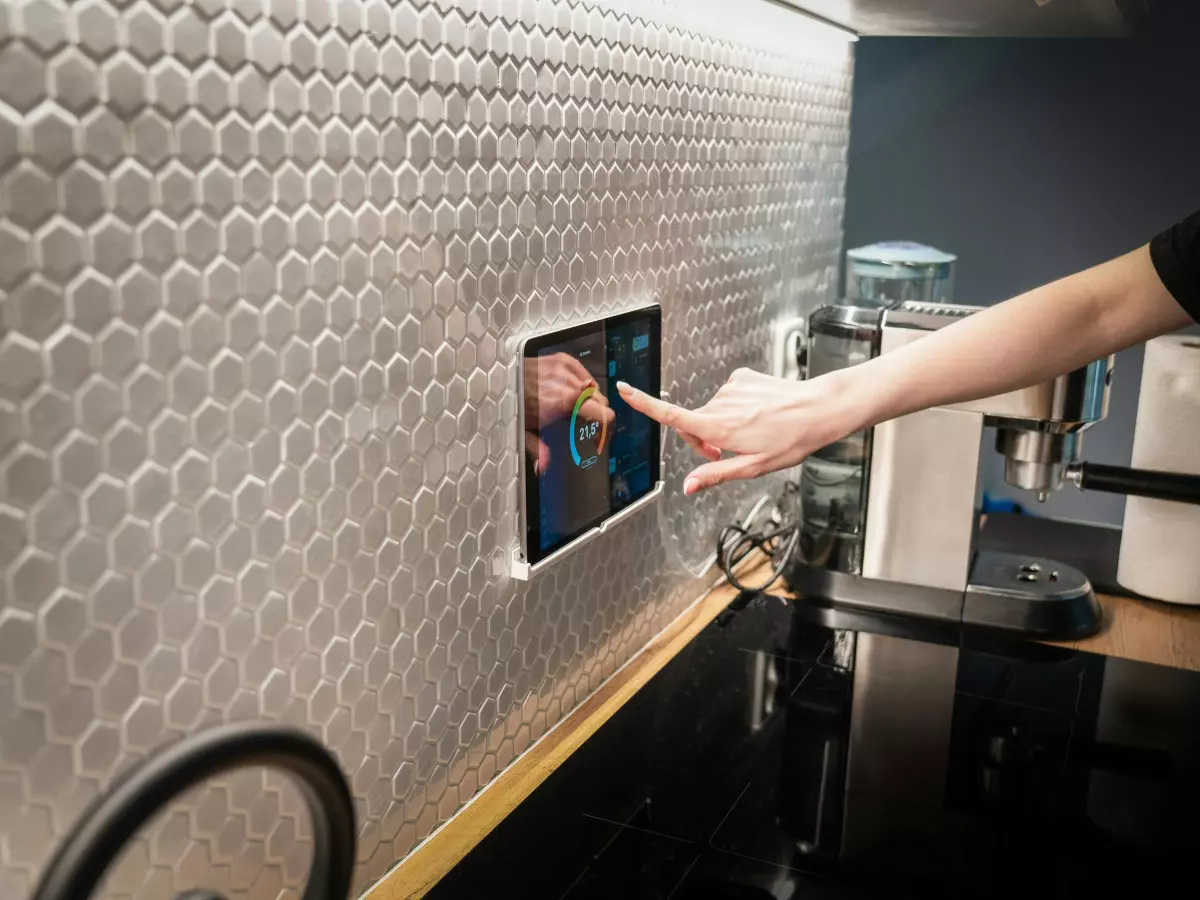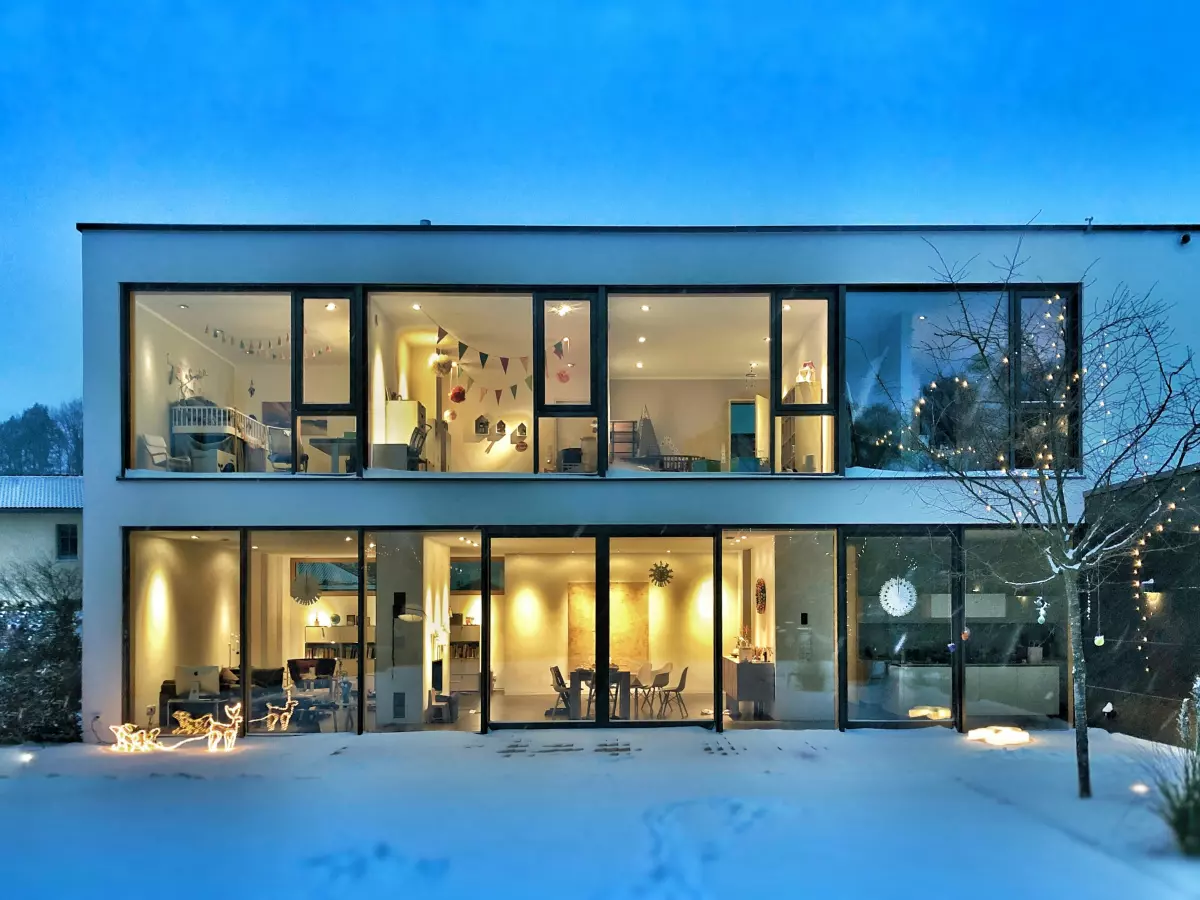Bridging the Gap
Imagine trying to host a dinner party where half your guests speak only French and the other half speak only Mandarin. That’s what it’s like when smart home devices try to communicate across different protocols.

By Priya Mehta
Let’s talk about protocols. In the world of smart homes, protocols are the languages that devices use to communicate with each other. Think of them as the translators that allow your smart lights, thermostats, and security cameras to work together. But here’s the catch: not all devices speak the same language. Some use Wi-Fi, others use Zigbee, Z-Wave, or Bluetooth. And then there’s Thread, Matter, and a whole host of other protocols that are popping up faster than you can say, “Hey Google!”
So, why does this matter? Well, if your smart home devices can’t communicate effectively, you’re going to end up with a lot of frustration. Imagine trying to turn off your living room lights with your voice, only to find out that your smart speaker and your light bulbs are speaking different languages. That’s where the protocol gap comes in, and it’s a real issue for anyone trying to build a seamless smart home experience.
The Protocol Soup
Let’s break it down. The smart home market is a bit like a soup with too many ingredients. You’ve got Wi-Fi, which is great for high-bandwidth devices like cameras and smart TVs. Then there’s Zigbee and Z-Wave, which are low-power, low-bandwidth protocols perfect for things like smart locks and sensors. Bluetooth is in the mix too, often used for quick pairing and short-range communication. And now, we have Thread and Matter, which are trying to bring some much-needed order to this chaos.
Thread is a low-power, mesh networking protocol designed specifically for smart home devices. It’s fast, reliable, and doesn’t rely on a central hub, which means your devices can communicate directly with each other. Matter, on the other hand, is a protocol that’s trying to unify all these different standards. It’s backed by big names like Apple, Google, and Amazon, and its goal is to make sure that no matter what protocol your devices use, they can all talk to each other.
But here’s the kicker: even with Thread and Matter, we’re still not quite there yet. While these protocols are a step in the right direction, they’re not a magic bullet. Devices still need to be compatible with Matter, and not all manufacturers are on board just yet. Plus, there’s the issue of legacy devices—those older smart home gadgets that don’t support the latest protocols. So, while the future looks bright, we’re still in the early stages of bridging the protocol gap.
Interoperability: The Holy Grail
Interoperability is the dream. It’s the idea that all your smart home devices, regardless of brand or protocol, will work together seamlessly. But achieving this dream is easier said than done. One of the biggest challenges is that different protocols have different strengths and weaknesses. Wi-Fi is great for high-bandwidth tasks, but it’s power-hungry. Zigbee and Z-Wave are more energy-efficient, but they don’t have the same range or speed. Bluetooth is perfect for short-range communication, but it’s not ideal for devices spread out across your home.
That’s where multi-protocol hubs come in. These devices act as translators, allowing your smart home gadgets to communicate even if they’re using different protocols. Think of them as the United Nations of your smart home, ensuring that everyone gets along. Some of the most popular smart home hubs, like Samsung’s SmartThings or Hubitat, support multiple protocols, making them a great solution for anyone dealing with a protocol gap.
But even with a hub, there are still limitations. For one, hubs add an extra layer of complexity to your smart home setup. They can also introduce latency, meaning there might be a slight delay between when you give a command and when your devices respond. And then there’s the issue of compatibility—just because a hub supports multiple protocols doesn’t mean it will work with every device on the market.
The Future of Smart Home Protocols
So, what does the future hold for smart home protocols? Well, the good news is that we’re moving in the right direction. With the rise of Thread and Matter, we’re starting to see more devices that can communicate across different protocols. This is a huge step forward for the smart home industry, and it’s going to make life a lot easier for consumers.
But we’re not out of the woods yet. There’s still a lot of work to be done in terms of getting manufacturers on board with Matter and ensuring that legacy devices can be integrated into the new ecosystem. Plus, there’s the issue of security. As more devices become interconnected, the risk of cyberattacks increases. So, while the future of smart home protocols is promising, it’s also going to require a lot of careful planning and coordination.
Lessons from History
If history has taught us anything, it’s that standardization takes time. Think about the early days of the internet, when different web browsers couldn’t agree on a standard for displaying websites. It wasn’t until the World Wide Web Consortium (W3C) stepped in that we started to see some consistency. The same thing is happening now with smart home protocols. It’s going to take time, but eventually, we’ll get there. And when we do, your smart home devices will finally be able to communicate as smoothly as a well-rehearsed orchestra.





